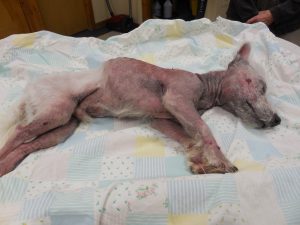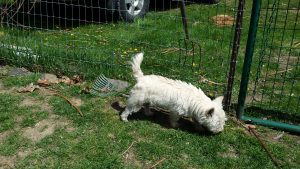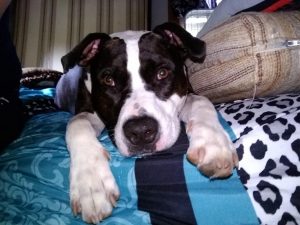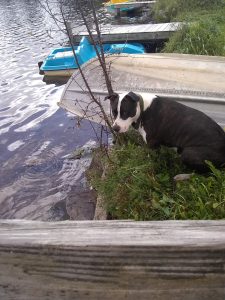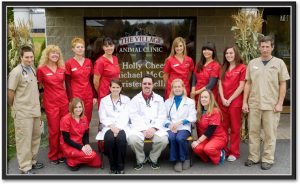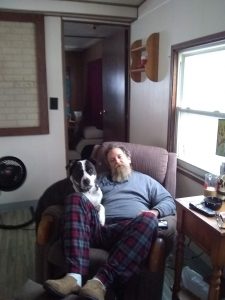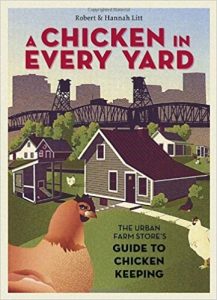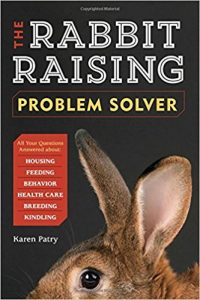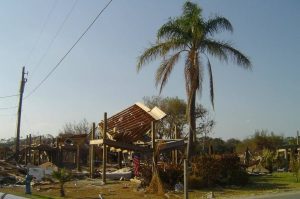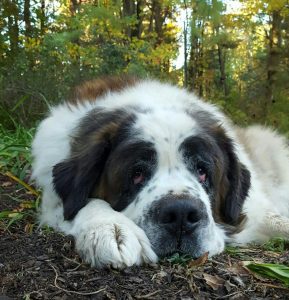COVID-19 and The Animal Support Project
Right now, many folks are reading this message while still in isolation or quarantine or curfew. You may be wondering how The Animal Support Project will be dealing with the changes in all of our lives brought about by the arrival of the Novel Corona Virus and the Random Acts of Crime occurring here in the Capital region and throughout the state. Like everyone else, TASP faces some challenges ahead. We face a loss of revenue from having to temporarily call off our popular Fantasy Pet Photo fund raisers and our tag sales. Add to this an already-evidenced reduction in donations due to the financial stresses many of our supporters are facing after the State imposed mandatory shutdown of so many businesses in NY and then “vampires” decided to destroy what was left of local businesses. These are realities we can’t get around.
That being said, TASP is morphing to adapt as well as we can to continue offering the most support we can muster with available resources. For now, all personal visits to homes have been postponed. We’ve also had to curtail our activities in the local cities after dark due to curfew and the potential risk to our volunteers. That means no adoption home visits, no visits inside the homes of ailing pets. This is the way it has to be in order to reduce risk of infection or injury to our volunteers and our community. By coincidence, our list of adoptable pets is very small right now and their continued care at their foster homes is perfectly alright until the situation eases. And just because we can’t enter a pet’s home doesn’t mean we can’t help pets who need us. As long as our budget allows, we will utilize all available technologies like video, photos, messaging and facetime to confirm financial need and explore the situations of individual pets so they can be directed to whatever proper professional care we can afford. We can also use video and photos to demonstrate and instruct on preventive care practices to help our community’s pet guardians do the best they can for their best friends.
Our ability to pay for professional veterinary procedures at this time is very much in flux with funds temporarily dried up, but TASP is actively seeking grants for worthy purposes like veterinary care and continuation of our Paws2Protect program that provides free Seresto flea & tick collars to financially needy dogs and cats. We also have expanded our pet food pantry stocking program to serve TEN food pantries across Albany, Rensselaer, Washington and Bennington counties. The Paws2Protect and Hoss Fund programs continue to serve as long as resources remain available and if one of our already-submitted grants is awarded to TASP, we will introduce yet another great program to our toolkit, The Vintage Club: offering vital veterinary services specifically for senior pets.
We’ve even found a way we can still run our Fantasy Photo EASTER CLINICS completely online, with an option for a mailed hard copy photo. So if you’d like an Easter/Spring theme photo of your best friend, just scroll down and click for the lowdown on how to make it happen. We’ve posted details of this new fund raising scheme with sample backgrounds right here on the TASP website, taking orders online and accepting payment through Paypal or by check. Depending on how the reopening of NY State proceeds, we may be holiding our photo clinics online for a few more months so stay tuned!
COVID-19 is an unprecedented pandemic situation that virtually every American jurisdiction knew would occur someday. Even so, it would have been financial and logistical folly for any nation to stockpile the number of devices and supplies needed for this scale of a disaster for the 102 years since the last great epidemic, the Spanish Influenza of 1918. The incident command system shared by local, state and federal agencies as well as 1st responders, businesses, nonprofits and institutions across our nation is the modular, scalable method for efficiently and accountably answering the challenges ahead that COVID presents. TASP will do our best to add our compassion, skills, experience and elbow grease to this response to prevent the suffering of our community’s animals. It’s what TASP is trained to do and we’re up to the task.
We wish all of you reading this a safe and healthy path forward. Please be kind, be brave, be objective and be smart. We WILL get through this and we will bring our animal companions with us to a wiser, kinder world.


